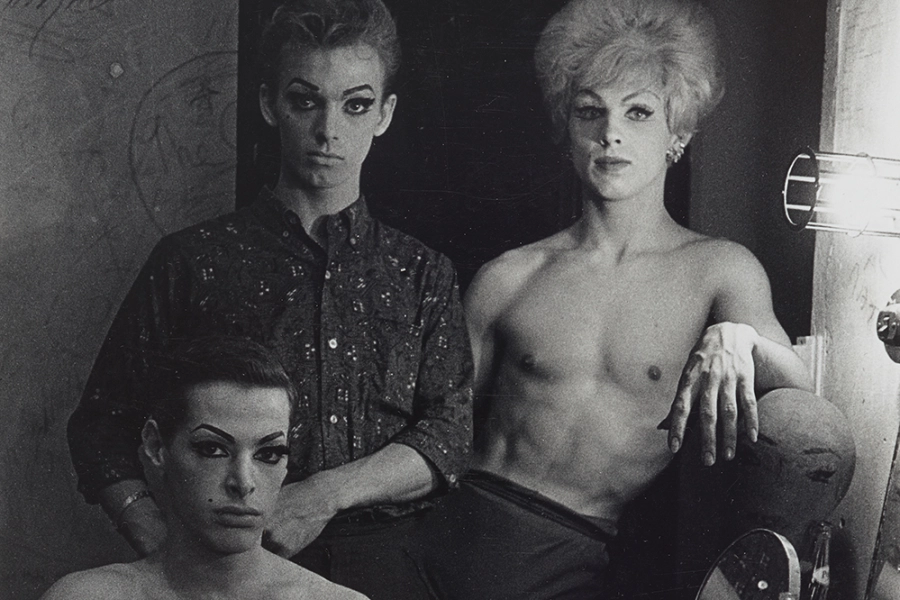Manjeera
March 14, ON THIS DAY
“I tend to think of the act of photographing, generally speaking, as an adventure. My favorite thing is to go where I’ve never been.”
― Diane Arbus
The lens is a very powerful tool. It has the ability to capture and record realities for the future, document what is hidden, and trace what would have been erased. Diane Arbus utilizes the lens to do exactly that; she understands the power of the lens and uses it to document the ‘rejects’, what is unconventional, and what traditional society does not want to acknowledge. Her sensitive lens renders her subjects in a powerful evocative way, visualizing them and trying to normalize their presence.
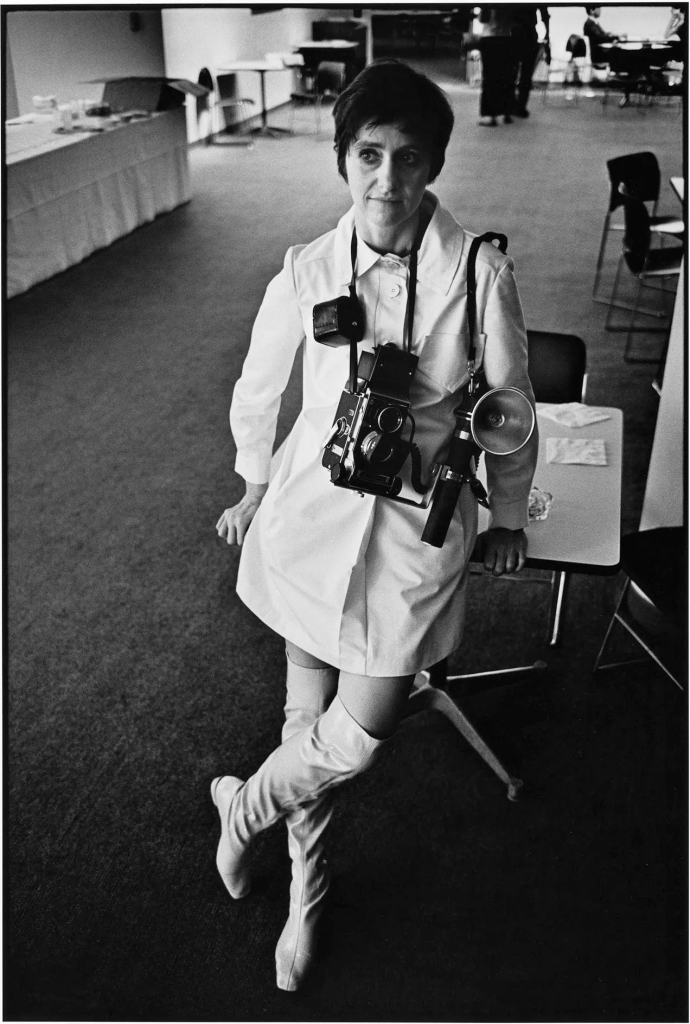
Courtesy: New Yorker
Born in 1923, Arbus was an American photographer known for her unique style of capturing individuals who were often considered outsiders or on the fringes of society. Her subjects were always unusual and were not mainstream, such as strippers, carnival performers, people with disabilities, nudists, and non-gender conforming people among others. She has often been subjected to controversy for exploiting her subjects but has vehemently denied these accusations.
Arbus was born privileged, as the daughter of two proprietors from New York City. She did not feel the effects of the Great Depression as much due to her family’s status. Her parents were never involved in her upbrings, having pushed off the children to several nannies and governesses. She grew up in relative isolation but found some companionship in her childhood sweetheart Allan Arbus, whom she had started dating when she was 14. They married at 18 and Diane left her family to work as a commercial photographer with her partner. They co-founded a photography business called “Diane & Allan Arbus” in 1946. They were relatively successful and had taken photographs for Harper’s Bazaar, Vogue, and The New York Times, before eventually separating on a positive note in 1959.
She started to feel like her lens could be used for other things that were more impactful than taking photos for big-name companies. In the 1950s, she slowly started moving away from the commercial. She studied with Lisette Model, an Austrian-born documentary photographer, and finally decided to completely turn her focus to the fine arts side of photography. She tried to find what resonated with her; what her lens sought to capture, led not by conscious intention or will, but the subconscious passion. As she elaborates:
“…I would never choose a subject for what it means to me. I choose a subject and then what I feel about it, what it means, begins to unfold. ”
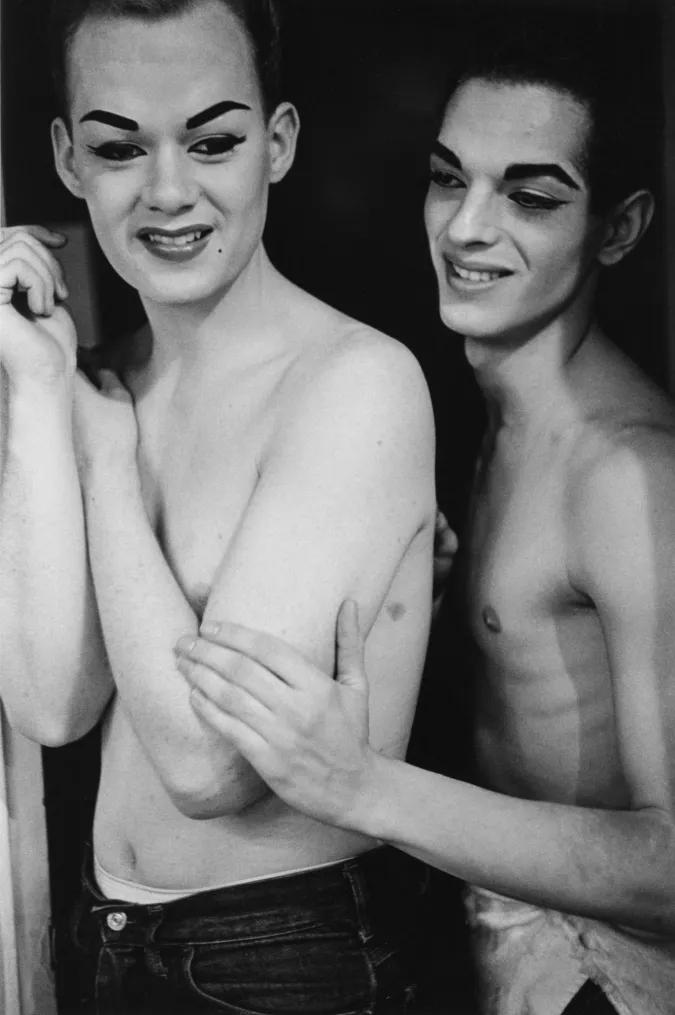
Courtesy: Fraenkel Gallery
She often met her subjects by chance as she approached people she found interesting on the street and asked to photograph them. She photographed a lot on the streets of New York, and what is interesting about her photos is that they capture not just the typical New York crowd, but people of other races, and ethnicities, and belonging to a more working-class background. The usual history of 60s New York is very whitewashed, but Diane’s photographs stand as a testament: these were real people who lived in the city in those years.
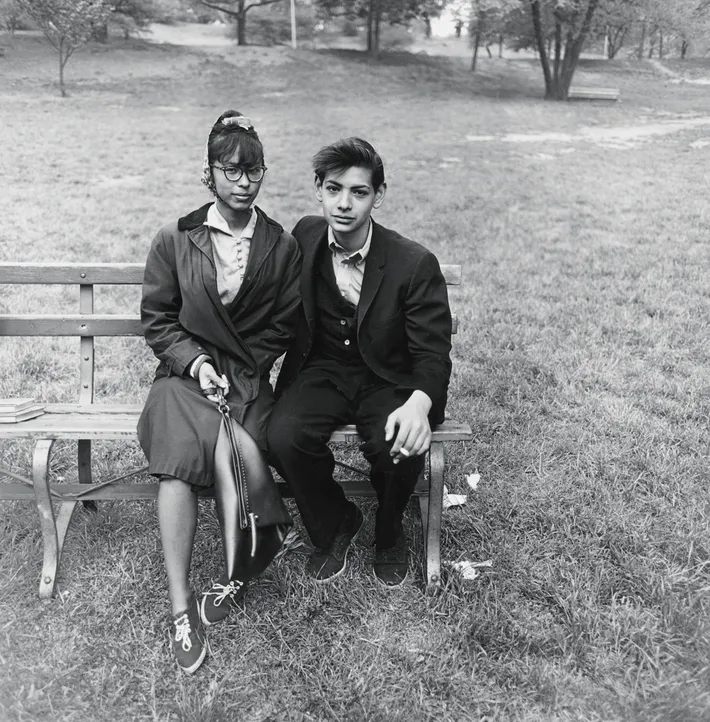
Courtesy: The Estate of Diane Arbus
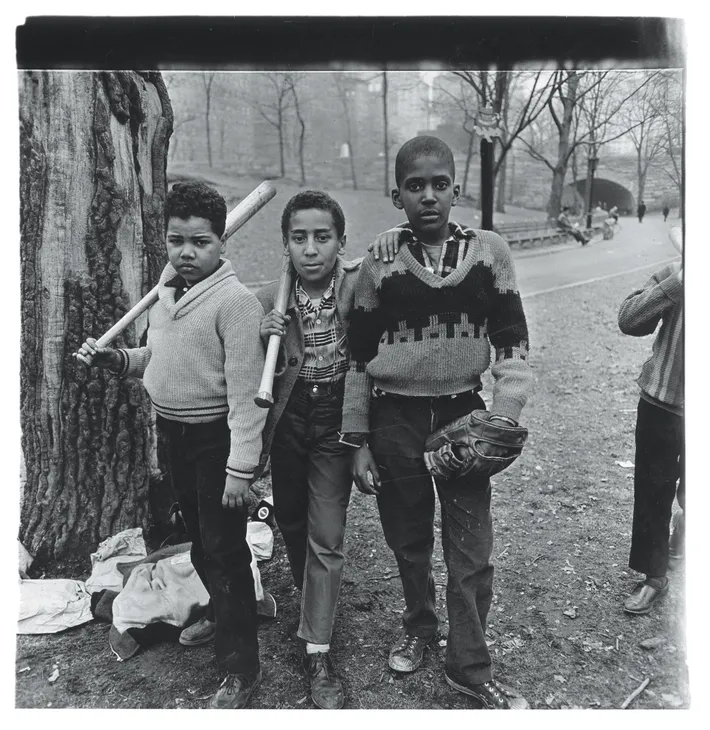
Courtesy: The Estate of Diane Arbus
Her photographs were notable for their stark black-and-white contrast and for the way they captured the individuality of her subjects. She picked unusual subjects, those from the margins, labeled as the “Other”― be it prostitutes, “freaks” people born with genetic deformities, or performers. There was been speculation that Arbus’ choice of subjects reflected a certain extent her own identity issues. She tended to photograph her subjects in settings they were familiar with in contrast to the clinical photographer’s studio. She did not objectify her subjects, she rather befriended them and her work were marked by a sense of empathy and curiosity toward her subjects. She would not just ignore the subjects after her shoot is done; she would keep a strain of constant friendship and would rephotograph her later. In the early days, Arbus experimented with Nikon 35mm which produced grainy pictures. She describes this process and her attraction to it:
“I’d be fascinated by what the grain did because it would make a kind of tapestry of all these little dots and everything would be translated into this medium of dots. Skin would be the same as water would be the same as sky and you were dealing mostly in dark and light, not so much in flesh and blood.”
She later switched to a twin-lens Rolleiflex that allowed her to capture images in more detail and in a square format. Her focus shifted from grainy to extreme clarity as she wants to get a different sense of understanding from the subjects. Her portraits were marked by a sense of intimacy and psychological intensity, often capturing the inner world of her subjects. She was also known for her use of black-and-white contrast, which emphasized the starkness of her subjects and the dramatic impact of their individual features. Arbus’ unique style allowed her to capture the essence of the people she photographed while trying still maintaining a sense of friendship towards their plight.
Arbus’ work was controversial at the time, and some critics accused her of exploiting her subjects. They argued that her photographs were intrusive and emphasized the “otherness” of her subjects. However, she saw her photography as a way to connect with people who were often overlooked by society. She also continued to deal with her own inner turmoil while trying to photograph. She had struggled with depression throughout her life and ultimately took her own life in 1971 at the age of 48.
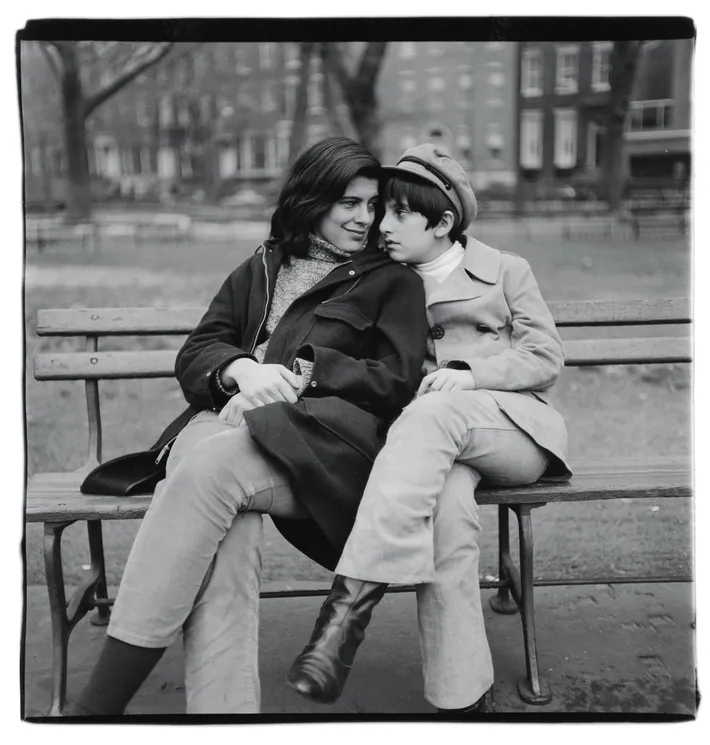
Courtesy: The Estate of Diane Arbus
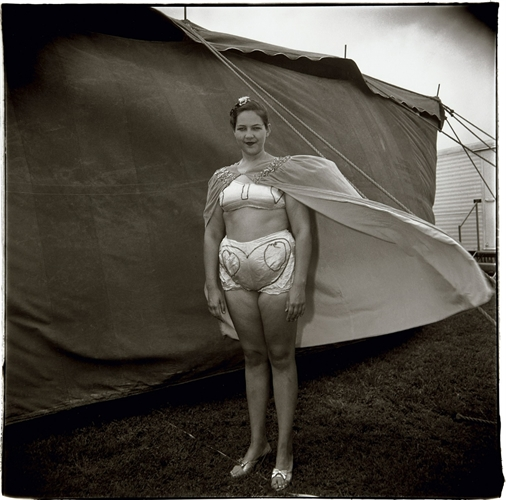
Courtesy: Artnet
References:
https://www.smithsonianmag.com/arts-culture/a-fresh-look-at-diane-arbus-99861134/

